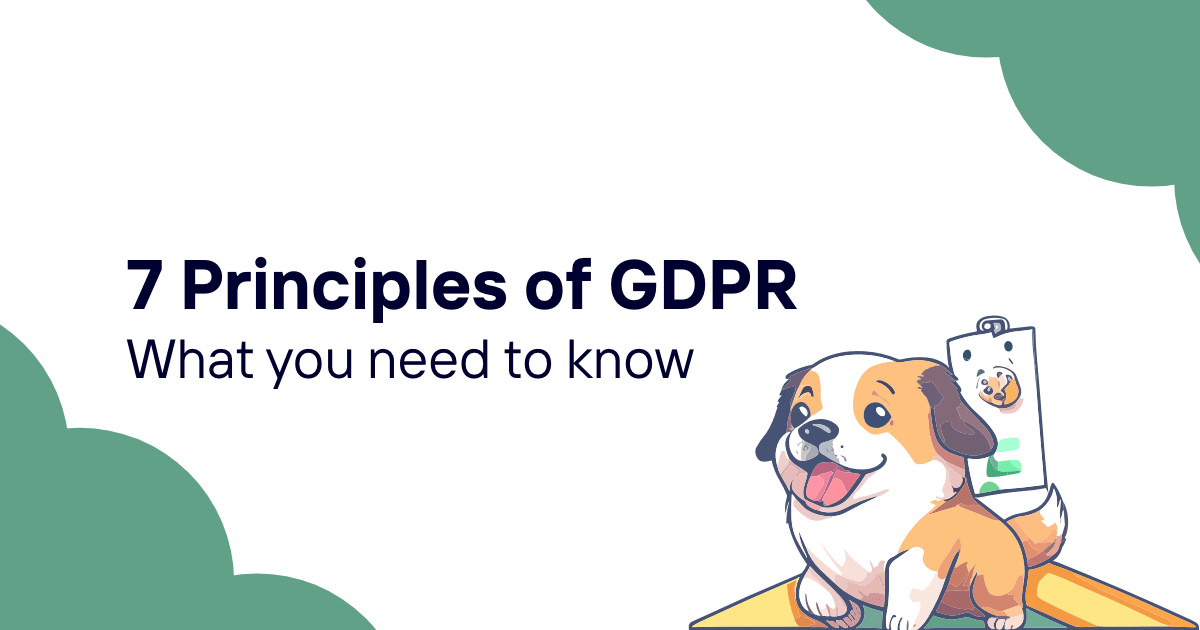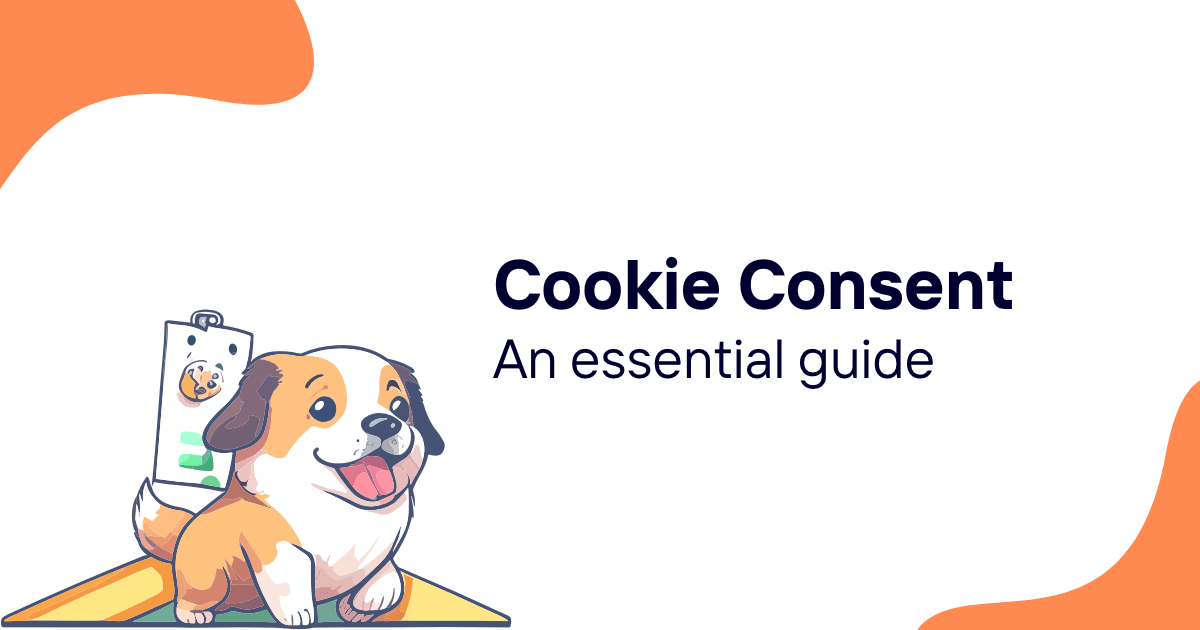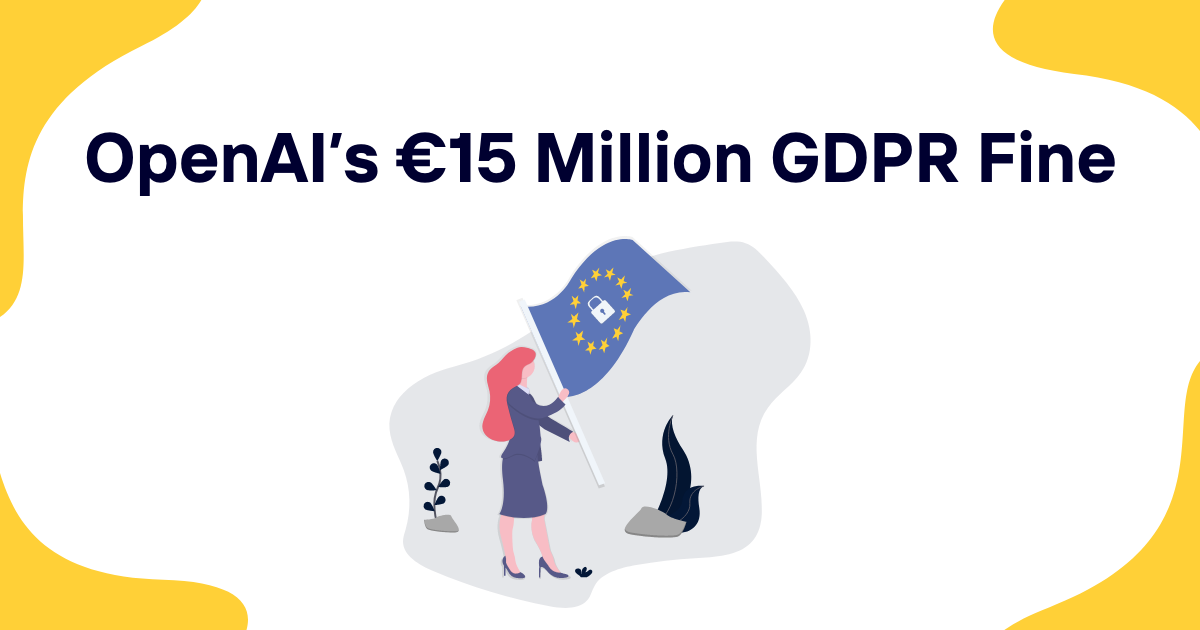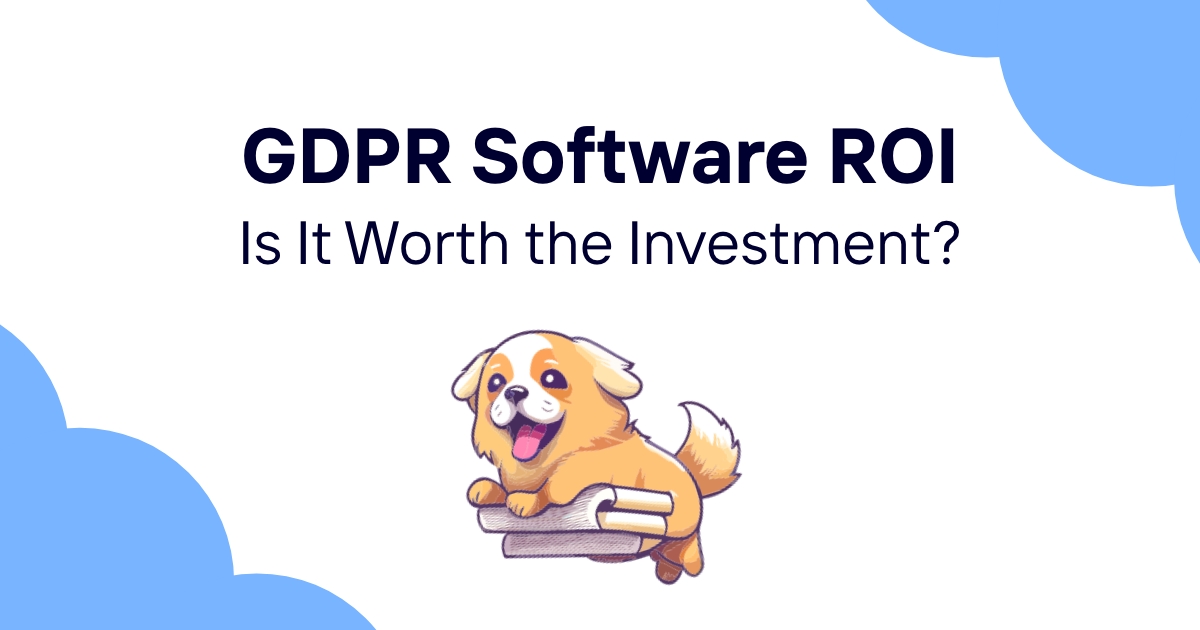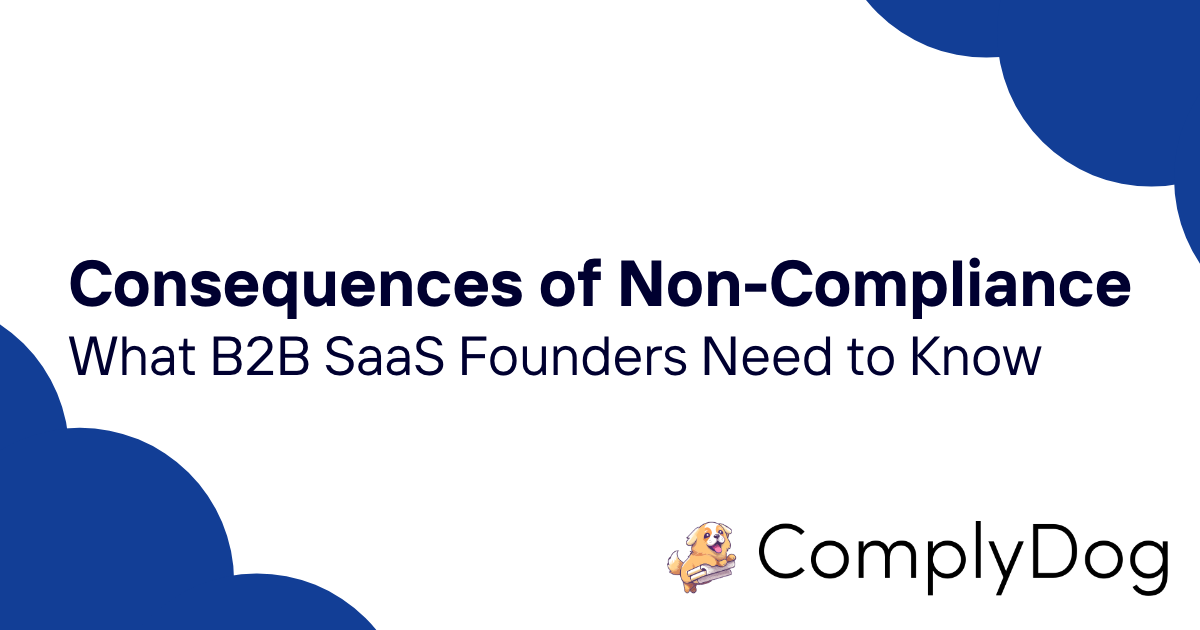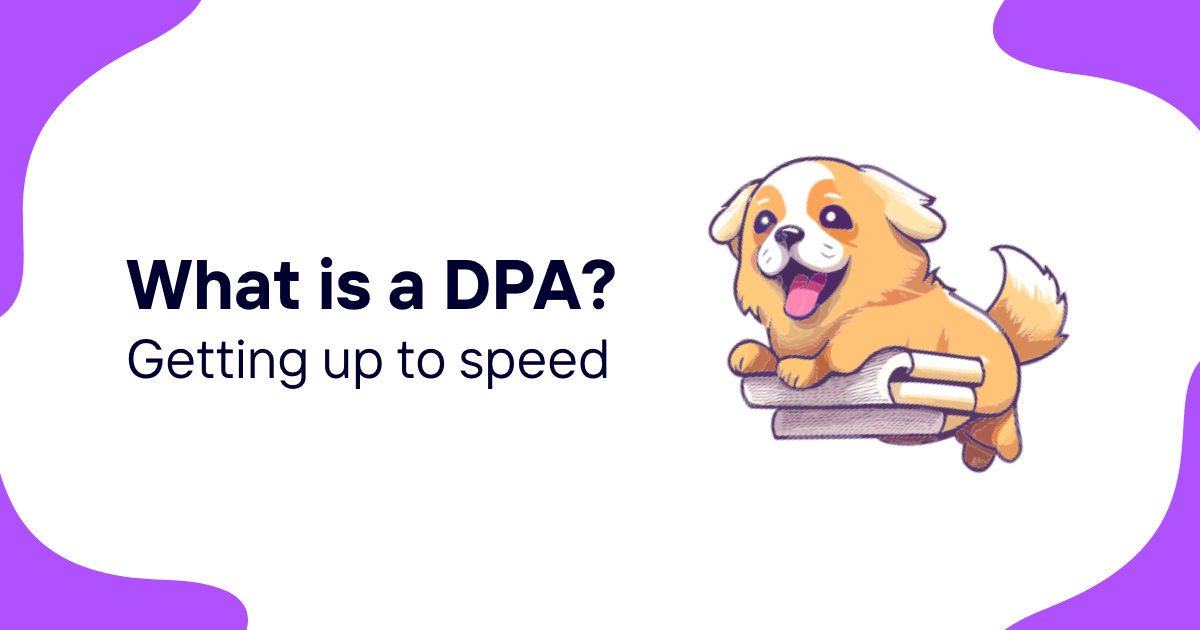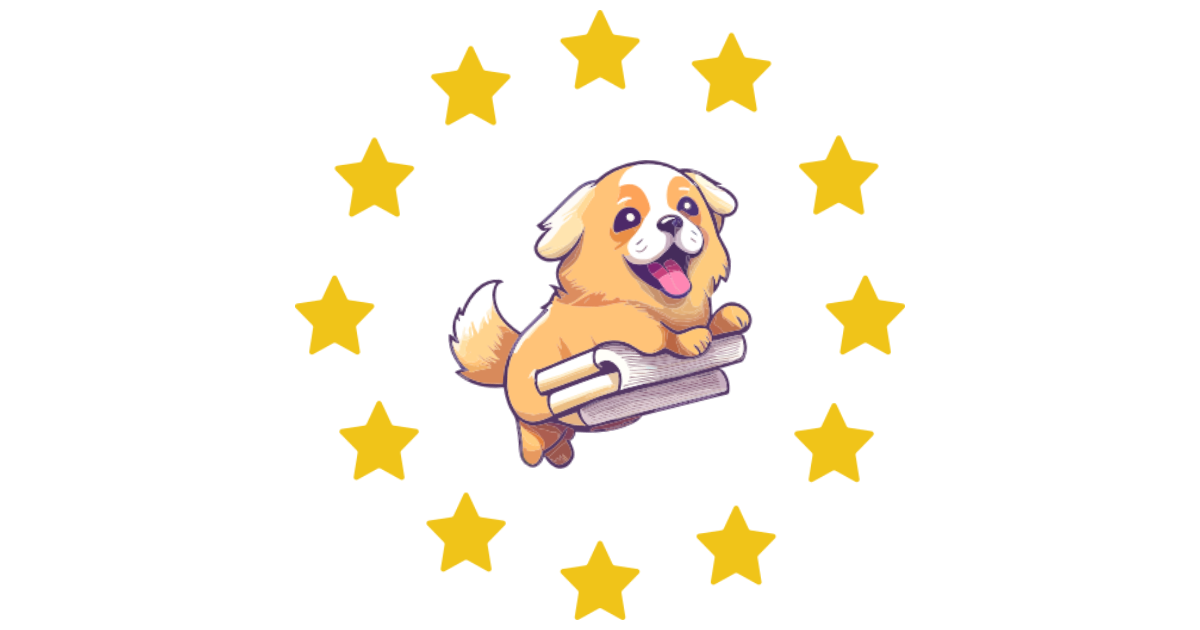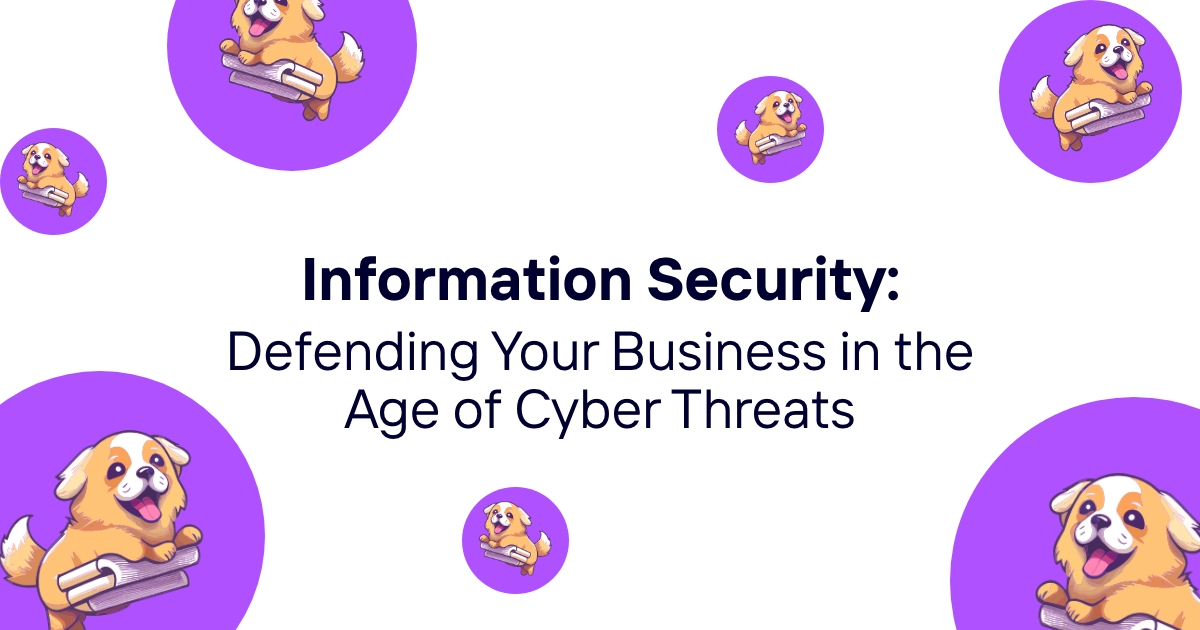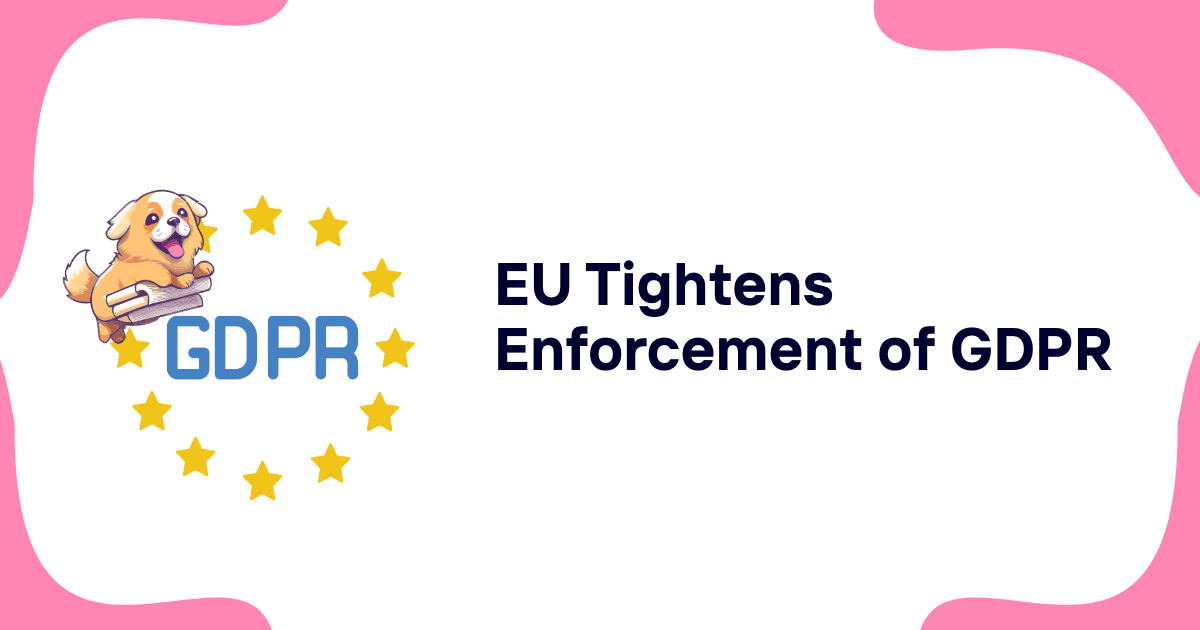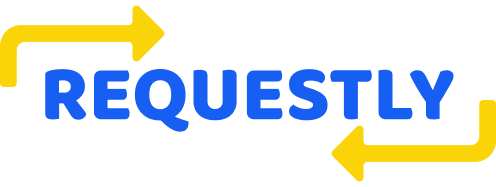End-User License Agreements (EULAs) are everywhere in our digital lives, yet most of us click "I Agree" without a second thought. These contracts govern our relationship with nearly every piece of software we use, but what exactly are they, and why do they matter? As someone who's spent years working with software licensing, I've seen firsthand how these agreements protect both companies and users—when properly understood.
Let's break down what EULAs are, why they matter, and how both software providers and users can navigate them effectively.
Table of contents
- Understanding the basics of EULAs
- The legal foundation of EULAs
- Common EULA delivery methods
- Key components of an effective EULA
- Different types of EULAs
- Benefits of EULAs for software providers
- Benefits of EULAs for end users
- When is a EULA necessary?
- EULAs vs. other agreements
- Enforceability of EULAs
- Regional differences in EULA enforcement
- EULA best practices for software companies
- Common EULA mistakes to avoid
- The future of EULAs
- Managing EULAs with compliance software
Understanding the basics of EULAs
An End-User License Agreement (EULA) is a legal contract between the owner of software (the licensor) and the person or organization using that software (the licensee or end user). I always like to explain it this way: when you buy software, you're not actually buying the software itself—you're purchasing the right to use it under specific conditions.
Think about it like renting an apartment. You pay for the right to live there, but you don't own the building. And just like a lease has rules about what you can and can't do with the property, a EULA sets boundaries for how you can use the software.
The key distinction: EULAs establish that you're licensing the software, not owning it outright. This fundamental concept underlies everything else about these agreements.
The legal foundation of EULAs
EULAs exist because software is protected by copyright law. The source code and compiled binaries of computer programs are considered intellectual property, with rights vested in the company that creates the software.
Interestingly, the practice of licensing software rather than selling copies predates clear software copyright protection. Software licensing began before courts had firmly established that software was protected by copyright law. Even after software copyright was recognized in the courts (in the United States this has been recognized since the mid-1970s), companies continued using license agreements because they provide additional protections beyond what copyright law alone offers.
Today, virtually all proprietary software is distributed through licenses rather than outright sales. This approach gives software companies more control over how their products are used after distribution.
Common EULA delivery methods
EULAs reach users in several different ways. The method of delivery can actually affect the legal enforceability of the agreement. Here are the main approaches:
Shrinkwrap agreements: These originated when software came in physical boxes. The EULA was printed on the packaging, and breaking the shrinkwrap indicated acceptance of the terms. This approach seems quaint now, but it was revolutionary at the time.
Clickwrap agreements: The most common method today, these require users to click an "I Agree" button before installing or using software. You've clicked hundreds of these in your lifetime, I'm sure.
Browsewrap agreements: These assume user consent when they continue using a website after being informed of the terms. The terms may be linked at the bottom of the page rather than explicitly presented.
The shift to digital delivery methods freed EULAs from physical space constraints. As a result, the agreements grew much longer—often becoming the dense, multi-page documents we rarely read today.
Key components of an effective EULA
A properly structured EULA typically includes these essential elements:
- Definitions section: Clearly explains terminology used throughout the agreement
- Copyright notice: States that the software is the intellectual property of the vendor
- Grant of license: Explicitly gives permission to use the software under specific terms
- Usage restrictions: Outlines what users cannot do with the software
- License scope: Specifies whether the license is for a single user, multiple users, or site-wide
- Maintenance and support terms: Details what support is available and how it will be delivered
- Warranty disclaimer: Limits the vendor's liability if something goes wrong
- Termination clause: Explains how and why the license might be revoked
- Governing law: Identifies which jurisdiction's laws apply to the agreement
Let's examine a basic example of how these components might be structured:
| Component | Example Text |
|---|---|
| Copyright Notice | "This software is the intellectual property of XYZ Corporation and is protected by copyright laws." |
| License Grant | "XYZ Corporation grants you a non-exclusive, non-transferable license to use the software according to the terms of this agreement." |
| Usage Restriction | "You may not reverse engineer, decompile, or disassemble the software except as permitted by applicable law." |
| Warranty Disclaimer | "The software is provided 'as is' without warranty of any kind, either express or implied." |
| Termination | "This license will terminate automatically if you fail to comply with the limitations described herein." |
Each of these components serves a specific legal purpose in defining the relationship between the software provider and the end user.
Different types of EULAs
Not all EULAs are created equal. The type of software and its intended use often determine the specific form of EULA used:
Proprietary software license: The most restrictive type, typically limiting use to a single computer and prohibiting copying, modification, or redistribution.
Free software license: Even free software usually has a EULA, often to limit liability or prevent commercial use.
Trial version license: Specifies the duration of the trial and limitations on features.
Enterprise license: Designed for organizations, often allowing installation on multiple computers within the company.
SaaS license: For cloud-based software, these focus more on service terms than on installation rights.
Some EULAs can be highly specialized based on the software's purpose. For example, development tools might include specific terms about ownership of code created using the software, while games might address user-generated content.
Benefits of EULAs for software providers
From the software provider's perspective, EULAs offer numerous advantages:
Protection against copyright infringement: By explicitly stating ownership rights, EULAs make it clear that unauthorized copying or distribution is prohibited.
Control over software use: Providers can specify exactly how their software should be used and under what circumstances.
Limited liability: EULAs typically include disclaimers limiting the provider's responsibility for damages that might result from using the software.
Protection against reverse engineering: Many EULAs prohibit users from decompiling or reverse engineering the software to discover how it works.
Revenue maximization: By restricting resale rights, companies ensure that each user pays for their own license.
Brand protection: EULAs can prevent users from using the software for illegal or unethical purposes that might damage the company's reputation.
Right to terminate: Most EULAs give providers the right to revoke licenses for any reason, providing a way to stop problematic users.
Benefits of EULAs for end users
While EULAs are often seen as one-sided, they do provide some benefits to end users:
Clear expectations: A well-written EULA tells users exactly what they can and cannot do with the software.
Understanding of rights: EULAs define what support, updates, or other services users are entitled to receive.
Transparency: Users know how their data will be used and what privacy protections are in place.
Legal certainty: Both parties know where they stand legally, which can prevent disputes.
Quality assurance: By preventing unauthorized modifications, EULAs help ensure that the software works as intended.
The truth is that EULAs can protect users by establishing boundaries that prevent software providers from making unexpected changes. But this only works if users actually read and understand the agreements.
When is a EULA necessary?
A EULA becomes essential in several scenarios:
Software sales or distribution: Whenever a business sells or distributes software, a EULA formalizes the transaction and clarifies that users are buying rights, not ownership.
Software with financial transactions: If your software handles payments or financial data, a EULA must specify terms related to security, liability, and compliance.
Products with user-generated content: Software that allows users to create and share content needs clear terms about who owns that content.
Free software and trials: Even free software needs a EULA to limit liability and prevent misuse.
SaaS products: Cloud-based services require EULAs that detail subscription terms, data handling, and service levels.
Software updates and upgrades: Major changes to software functionality often require updated EULAs.
International distribution: Software available globally needs EULAs adapted to various legal jurisdictions.
Basically, if you're creating software for others to use, you need a EULA. The more complex or widespread your software, the more important a comprehensive EULA becomes.
EULAs vs. other agreements
EULAs are sometimes confused with other types of agreements. Here's how they differ:
EULA vs. SLA (Service Level Agreement): While EULAs focus on usage rights and restrictions, SLAs primarily address performance metrics, availability, and quality of service. SLAs are typically used in business-to-business contexts and for limited periods, whereas EULAs apply to ongoing software use by many users.
EULA vs. Terms of Service (ToS): Terms of Service are broader agreements that govern the use of a service or website, while EULAs specifically address software licensing. Many online platforms have both.
EULA vs. Privacy Policy: Privacy policies explain how user data is collected, stored, and used. While privacy considerations may be mentioned in EULAs, dedicated privacy policies are usually separate documents.
EULA vs. General License Agreement: License agreements can be broader than EULAs and may apply to various intellectual property forms, not just software. They can cover distribution rights, reseller agreements, and enterprise-wide licenses.
Each of these agreements serves a specific purpose in the relationship between software providers and their users. In many cases, software is covered by multiple agreements that work together to form a comprehensive legal framework.
Enforceability of EULAs
The big question: Are EULAs actually legally binding? The answer varies.
EULAs have been challenged in courts around the world, with mixed results. Some key factors affecting enforceability include:
Method of presentation: How the EULA was presented to the user can impact its enforceability. Clickwrap agreements (where users must click "I agree") tend to be more enforceable than browsewrap agreements (where terms are simply linked on a page).
Timing of acceptance: EULAs presented before purchase are generally more enforceable than those shown only after payment.
Clarity of terms: Courts are more likely to enforce agreements with clear, understandable language than those filled with complex legal jargon.
Reasonableness of provisions: Overly restrictive or one-sided terms may be deemed unenforceable in some jurisdictions.
Unconscionable clauses: Terms that are extremely unfair or unreasonable might be struck down by courts.
Many EULAs contain provisions that would not hold up in court, but remain in the agreements because users rarely challenge them legally. This practice continues because even unenforceable terms can discourage behavior the software provider wants to prevent.
Regional differences in EULA enforcement
EULA enforceability varies significantly across different countries and legal systems:
United States: Since the 1996 case ProCD, Inc. v. Zeidenberg, shrinkwrap licenses have generally been held enforceable in the U.S. Clickwrap agreements are typically enforced, even when the license terms are provided after the sale.
European Union: Under the EU's Digital Content Directive (effective since 2022), EULAs are only enforceable to the extent that they don't breach reasonable consumer expectations. This creates significant limitations on EULA provisions in EU countries.
Germany: German law is particularly strict, only recognizing EULAs as valid if they were disclosed to the customer before purchase.
United Kingdom: The UK has investigated EULA practices but hasn't firmly established their enforceability in all contexts.
These regional differences create challenges for global software companies, which must either create region-specific EULAs or craft agreements that can meet the strictest requirements worldwide.
EULA best practices for software companies
For software providers looking to create effective, enforceable EULAs, here are some best practices:
Use clear, accessible language: While legal precision is important, so is readability. Avoid excessive jargon that users won't understand.
Present the EULA before purchase: Showing the EULA upfront increases its enforceability compared to presenting it only after payment.
Require affirmative consent: Use clickwrap agreements requiring users to actively accept terms rather than browsewrap agreements that assume consent.
Highlight key restrictions: Make sure users can't miss important limitations on usage, especially unexpected ones.
Update for major changes: When software functionality changes significantly, update the EULA and require users to accept the new terms.
Consider regional requirements: Adapt EULAs for different jurisdictions or ensure they meet the strictest global standards.
Include clear identification: Clearly identify both the business and the user in the agreement.
Use version control: Keep track of different versions of your EULA and which users agreed to which version.
Consider legal review: Have an attorney with software licensing expertise review your EULA.
Test comprehension: If possible, test whether average users can understand your key terms.
Following these practices can help ensure that your EULA serves its intended purpose while remaining legally valid.
Common EULA mistakes to avoid
Software companies frequently make mistakes with their EULAs that can undermine enforceability or cause other problems:
Excessive length: Extremely long EULAs discourage reading and comprehension, which can weaken enforceability.
Ambiguous language: Vague terms can be interpreted differently by courts than intended.
Overly broad claims: Claiming rights that courts are unlikely to uphold can invalidate other parts of the agreement.
Failing to update: Not updating EULAs as software changes or laws evolve can create gaps in protection.
One-size-fits-all approach: Using the same EULA for different products or different regions without customization.
No version tracking: Not keeping records of which users agreed to which version of the EULA creates enforcement difficulties.
Burying important terms: Hiding critical restrictions in dense paragraphs makes them less likely to be upheld.
No consideration of user experience: Making the EULA acceptance process unnecessarily disruptive can harm user relations.
By avoiding these common pitfalls, software companies can create more effective EULAs that better protect their interests while maintaining good relationships with users.
The future of EULAs
EULAs continue to evolve alongside technology and legal frameworks. Several trends are shaping their future:
Simplified presentation: Some companies are experimenting with layered or summarized EULAs that present key points in plain language before providing the full legal text.
Interactive agreements: New formats may include interactive elements that help users understand complex terms through examples or explanations.
Standardization efforts: Industry groups are working toward more consistent EULA formats to reduce confusion for users.
AI integration: Artificial intelligence tools may help create and interpret EULAs, potentially increasing their clarity and effectiveness.
Regulatory pressure: Governments worldwide are taking more interest in software agreements, which may lead to stricter requirements for transparency and fairness.
Consumer awareness: As digital literacy grows, users are becoming more conscious of the terms they accept, creating pressure for more balanced agreements.
The challenge for the future will be balancing legal protection for software providers with fairness and clarity for users. The most successful approach will likely be one that treats EULAs not just as legal documents, but as important components of the user experience.
Managing EULAs with compliance software
For both software providers and organizations using multiple software products, managing EULAs can become complex. This is where compliance software comes in.
Compliance tools help track:
- Which EULAs apply to which software
- Who has agreed to which terms
- When agreements need to be updated
- Potential compliance issues with specific terms
- Usage patterns that might violate licensing terms
For software users, especially enterprises with hundreds or thousands of software licenses, compliance software provides a centralized system to manage all their EULAs. This helps prevent license violations that could lead to legal issues or unexpected costs.
For software providers, these tools can help ensure their EULAs are properly implemented and accepted by users, creating clear records that could be valuable in case of disputes.
ComplyDog offers specialized tools that help software businesses maintain compliance with their own EULAs while also managing the EULAs of software they use. This comprehensive approach ensures that all licensing agreements are properly tracked, reducing legal risks and helping organizations maintain proper software governance.
By implementing a robust compliance system, companies can transform EULAs from afterthoughts into valuable tools for managing software assets and protecting intellectual property.
EULAs may not be the most exciting part of using software, but they're critical to the relationship between developers and users. By understanding what these agreements mean and how they work, both parties can better protect their interests and avoid misunderstandings.
Whether you're developing software or using it, taking the time to understand EULAs is an investment in smoother operations and reduced legal risk. And with modern compliance tools, managing these agreements doesn't have to be a burden.
So next time you see that "I Agree" button, maybe pause for just a moment—what you're agreeing to matters more than you might think.

